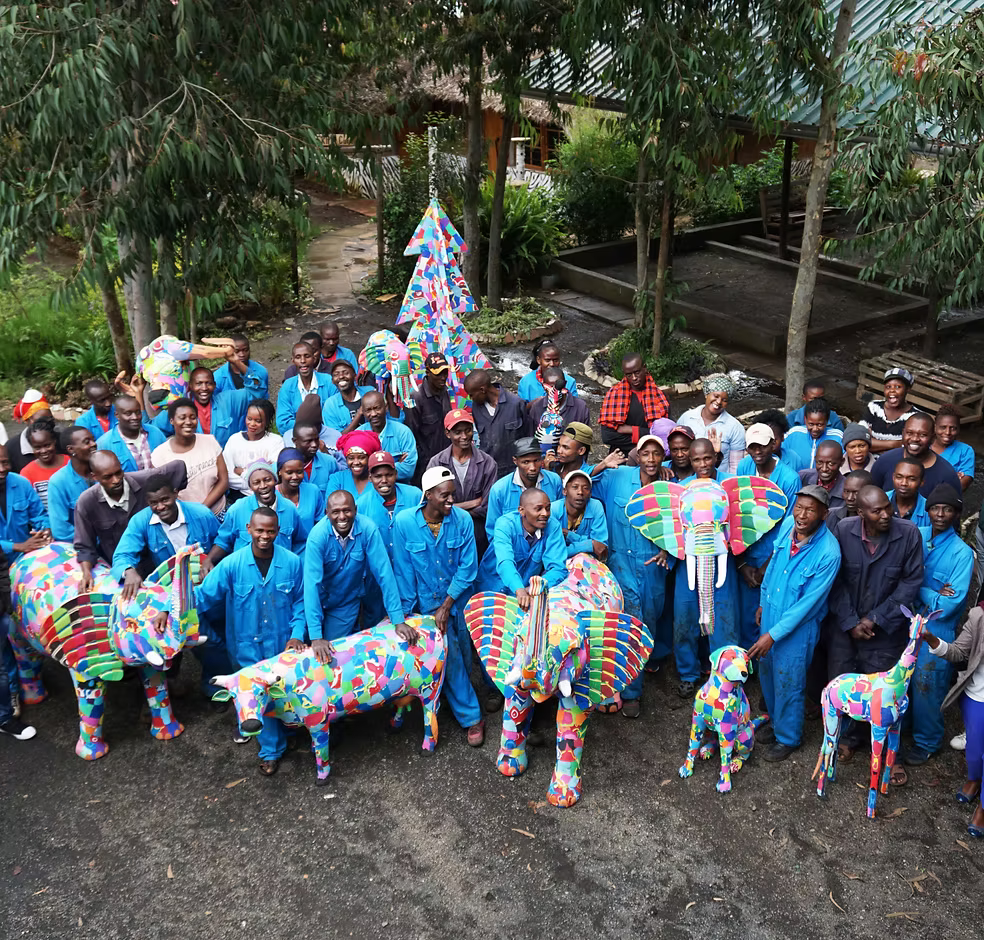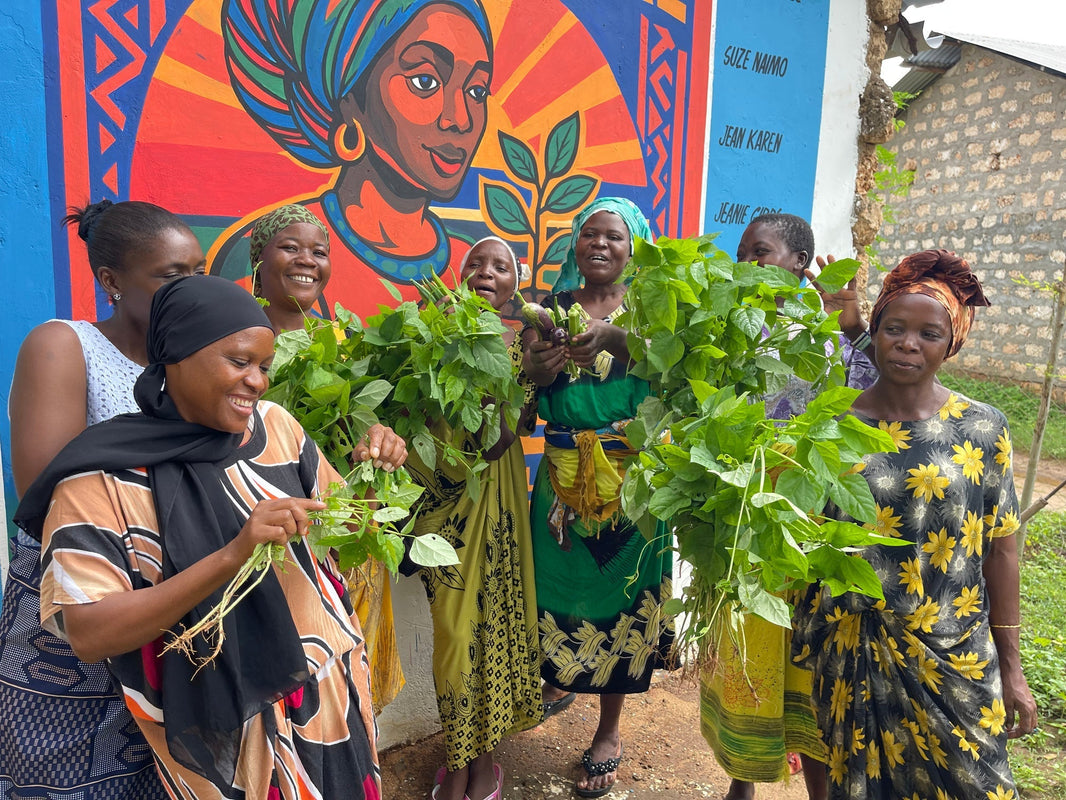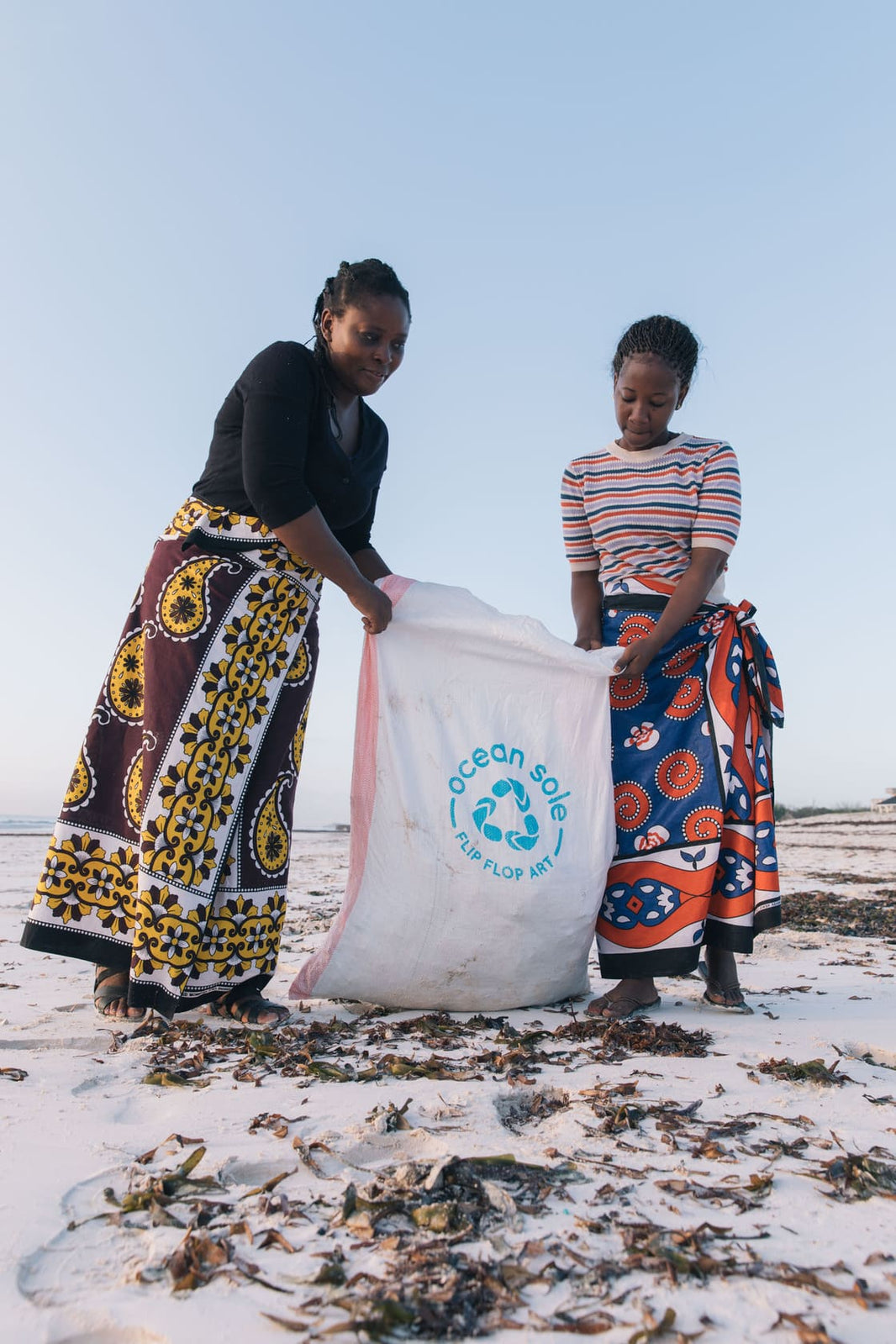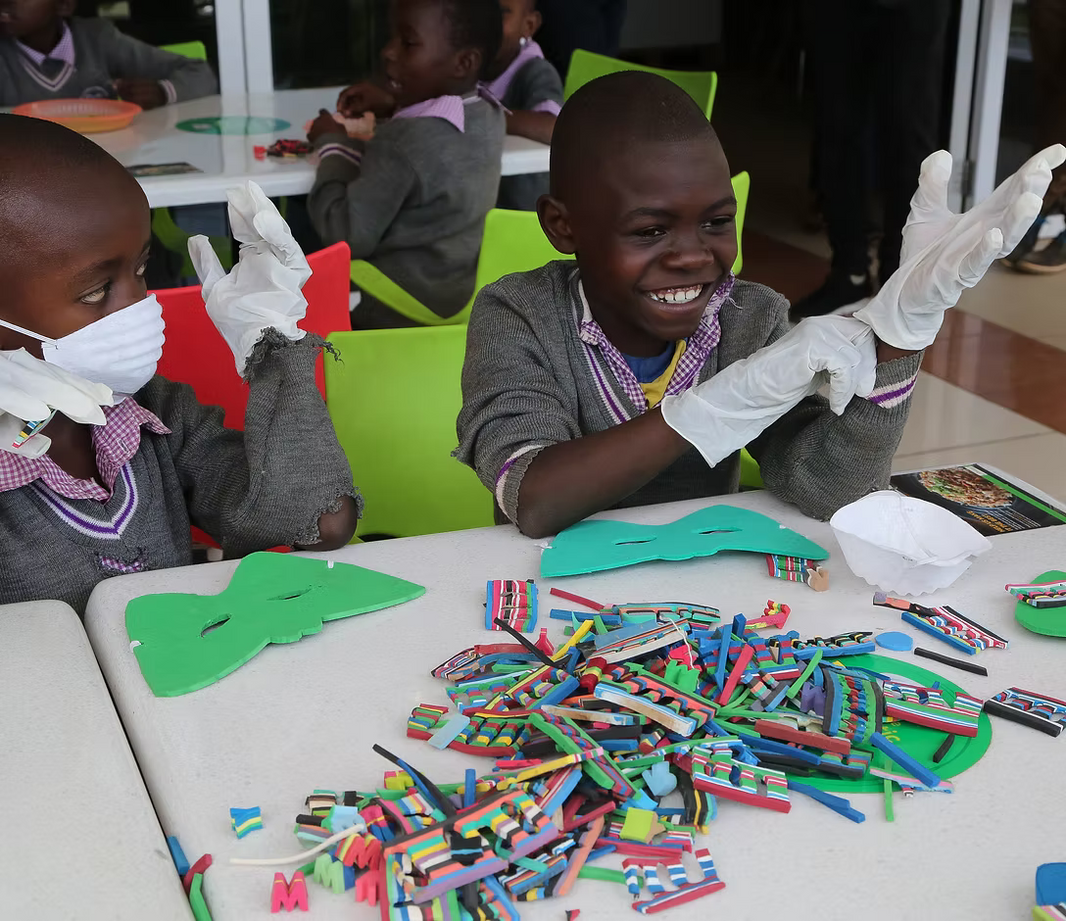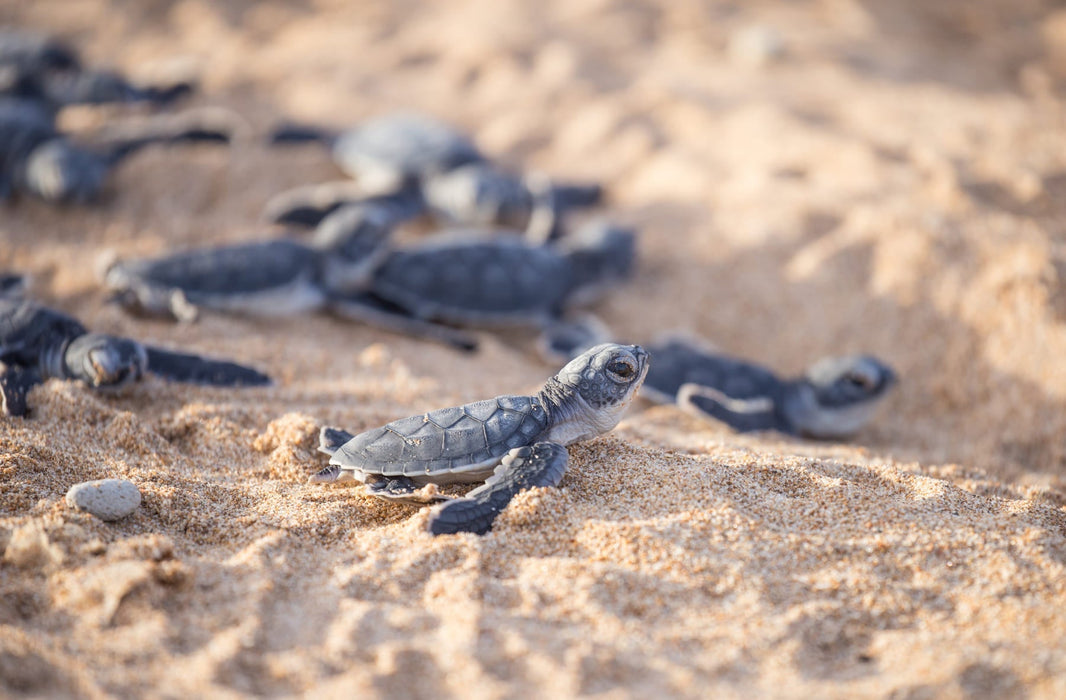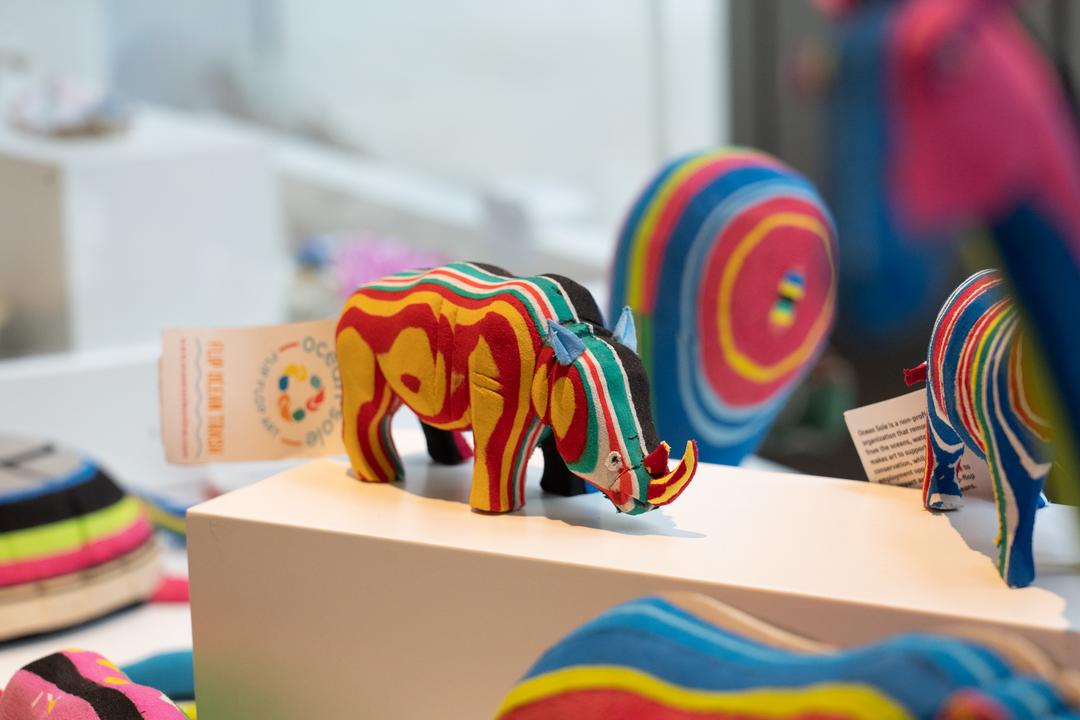The Maasai are one of Africa’s most famous and renowned tribes. Originating from South Sudan, the Maasai are a semi nomadic ethnic group now settled mainly on the Savannah shared between Kenya and Tanzania.
Bejewelled with beautiful beadwork and deep red shukas, the iconic red checkered wraps they wear, the Maasai truly are an unforgettable tribe. Their culture is deep rooted with song and dance, which is passed down from generation to generation.

The Maasai culture is predominantly patriarchal. The elders oversee the daily running of the tribe while the men herd cattle and the women look after the children. One aspect that the women are also in charge of is beadwork, and that is what I wanted to talk to you about in this blog.
The tradition of beading has been a part of Maasai culture for hundreds of years. Before the introduction of glass beads which is what is still used today, the Maasai women would use grass, bone and even clay to make jewellery.
Maasai beadwork became renowned to the rest of the world in the 19th century when they began trading it with other tribes and with the increase of tourists arriving to East Africa. The famous Maasai beadwork has since influenced designers and jewellers around the world.
Interestingly, Maasai women wear different styles of necklaces according to their age and status symbol. Unmarried women wear flat beaded discs around their neck as a symbol of flexibility and youth. Married women wear a long necklace with blue beads and while getting married the women are adorned with intricate and heavily beaded necklaces.
Not only does the style of necklace represent a women's life stage but the colours of the beads used also tell a story in Maasai culture. The colours are symbolic and they have important meanings behind each one.
Red - stands for bravery, unity and blood. The Maasai are herdsmen and cattle play a huge role in their lives. The Maasai not only use cows as a form of settling dispute and as a currency but they are sacred to their livelihoods. Cows blood is drunk on special occasions and this is why red signifies unity in Maasai culture.
White - represents purity, peace and health. The Maasai drink their cows milk as a key staple to their diets. The white beads symbolise white cows milk.
Blue - represents energy and the sky. The Maasai have strong connections with the sky as when it rains it provides the earth with the much needed water to graze their cattle.
Orange - represents hospitality. When visitors or families came together to celebrate, the guests would drink cows milk from orange gourds.
Yellow - like orange, yellow also symbolises hospitality, as the guests would often sit on yellow blankets.
Green - represents health and the land. As the Maasai’s cattle grazes on the green grass.
Black - represents the people and the struggles they have endured.
Our Maasai bracelets are carefully crafted by hand by a group of women in Kenya using the traditional and ancient technique. Shop our Ocean Sole collection here!
What better way to show off Ocean Sole’s Kenyan heritage than our Maasai bracelets.




